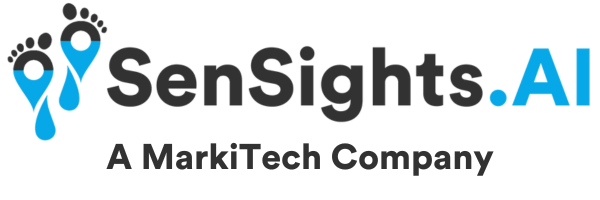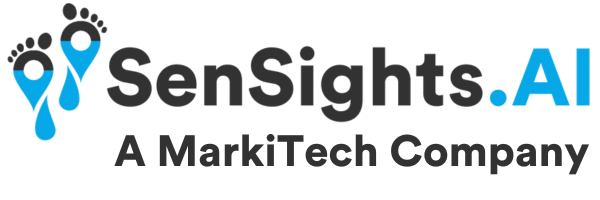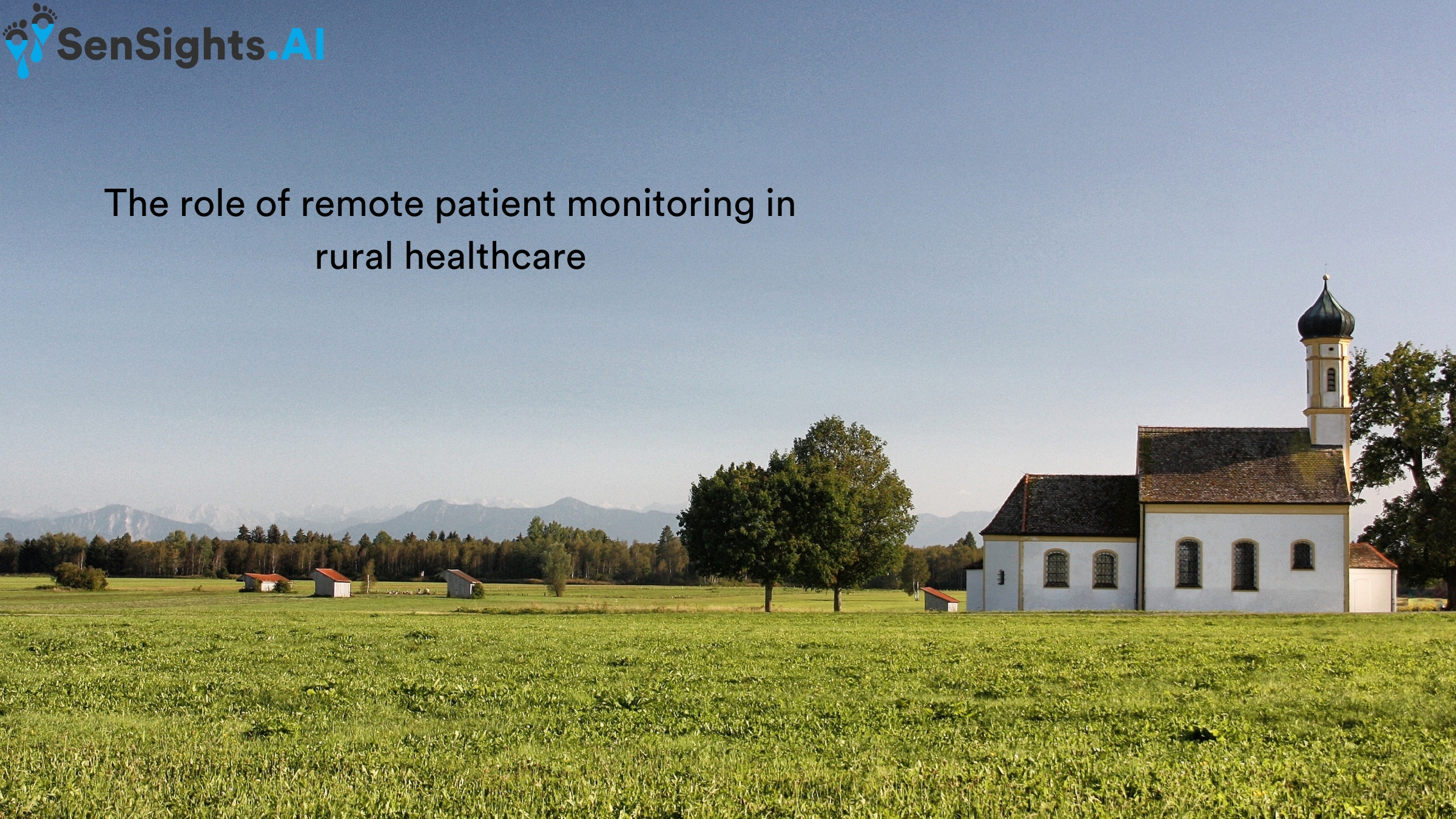As the globe grows more networked, the healthcare industry has recognised the advantages of remote patient monitoring. Remote patient monitoring (RPM) enables healthcare providers to remotely monitor their patients’ vital signs, symptoms, and other health data. RPM enables healthcare providers to discover potential health issues before they become serious and to intervene immediately.
While RPM has become a popular tool for urban healthcare practitioners, it may also play an important role in rural healthcare. Because of their geographic isolation, limited resources, and a shortage of healthcare personnel, rural communities face unique healthcare challenges. We will look at the role of remote patient monitoring in rural healthcare and the benefits it can provide in this post
What is Remote Patient Monitoring (RPM)?
Remote patient monitoring is a technology that enables healthcare providers to remotely gather and monitor patient health data. Wearable gadgets, mobile apps, and other monitoring devices are used to track a patient’s vital signs, symptoms, and other health data.
RPM technology has transformed the healthcare business by enabling healthcare providers to monitor patients’ health problems in real time, even when they are not physically present in the same location. This technology has proven to be useful for people suffering from chronic ailments, elders, and those living in rural places.
The Advantages of RPM in Rural Healthcare
RPM technology provides various advantages that can assist in addressing the unique healthcare difficulties that rural communities experience. Following are some of the most important advantages of RPM in rural healthcare:
Expanding Healthcare Access
One of the most significant issues that rural areas face is a lack of access to healthcare. Many rural communities lack healthcare facilities and professionals, making timely and proper care challenging for people.
By allowing patients to receive care remotely, RPM technology can assist overcome this obstacle. RPM allows healthcare providers to monitor patients’ health problems and respond before they become critical. This technology can also help patients avoid having to travel large distances for medical care.
Low-Cost RPM Technology
RPM technology can be low-cost for rural healthcare practitioners. RPM allows healthcare providers to reduce the frequency of in-person patient visits, saving time and resources. RPM technology can also help patients and healthcare providers save money by reducing hospital readmissions and emergency department visits.
Enhanced Care Quality
RPM technology can also improve the quality of care for rural patients. Healthcare providers can swiftly spot possible health concerns and intervene before they become serious by remotely monitoring patients’ health conditions. This technology can also assist healthcare providers in making better judgements about patient care.
Patient Involvement
RPM technology can also help patients become more involved in their treatment. Patients can use RPM to monitor their health issues and track their progress over time. This technology can also give patients more control over their health, which can be empowering.
Improved Results
Finally, RPM technology has the potential to improve health outcomes for people in remote locations. Healthcare providers can respond before a catastrophic scenario arises by remotely monitoring patients’ health state, decreasing the need for hospitalisations and emergency department visits. This technology can also assist patients in better managing chronic illnesses, resulting in better overall health outcomes.
RPM’s Difficulties in Rural Healthcare
While RPM technology has many advantages, it also has certain drawbacks when it comes to application in rural healthcare. One of the most significant problems for RPM technology in rural regions is a lack of internet connectivity. Many rural locations lack consistent internet access, making it difficult for people to communicate health information to healthcare practitioners.
Conclusion
Remote patient monitoring is an exciting technology that has the potential to transform the way healthcare is delivered in remote places. Rural regions present particular healthcare difficulties, such as limited access to healthcare, high costs, and a shortage of healthcare personnel, which RPM technology can assist address. RPM technology allows healthcare professionals to improve patient outcomes, lower healthcare costs, and provide higher-quality care. However, there are certain drawbacks to implementing RPM technology in rural healthcare, such as inadequate internet connectivity, a lack of technical experience, and expense. By addressing these issues, healthcare professionals can realize the full potential of RPM technology and provide better treatment to rural patients.


